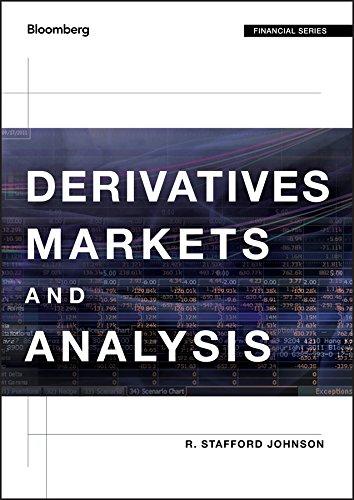Examine an ex-post short hedging position in which you hedge the value of a holding of 1,000
Question:
Examine an ex-post short hedging position in which you hedge the value of a holding of 1,000 issues of a selected option-free (bullet), investment-grade corporate bond of interest with a futures contract on a T-note or T-bond with a maturity close to the maturity on your bond. Form your hedge, using the price-sensitivity model.
a. In selecting your bond, you may want to (1) use the Bloomberg SECF screen to find your bonds (SECF
b. Select a futures contract on a T-bond or T-note with a maturity close to the maturity of the selected bond you are to hedge and use the expiration date on the futures as the date of your hedge.
c. Determine the prices, yield to maturity, and duration on the cheapest to deliver. Begin typing " \(T\) " followed by maturity (e.g., 3/15/23) for a dropdown to see the ticker for the Treasury with the maturity of underlying Treasury on your selected futures contract.
d. Examine the constant maturity Treasury yield index for the period that your futures contract was active. Begin typing USGF (e.g., USGF20YR) to see the dropdown that will identify the ticker for the Treasury with the maturity of the underlying Treasury on your selected futures contract. Comment on the yield and futures price relations for the period.
e. Using the price-sensitivity model, calculate the number of futures contracts needed to hedge your position of 1,000 issues of your selected bond.
f. Use the Chart screen (Chart
g. Select a beginning date that you would have implemented your hedge and a closing date near the futures expiration as the date for the closing your hedge. Calculate the profit or loss on the futures position from opening and closing at the futures prices at the beginning and ending dates, the value of the 1,000 issue of the selected bond, and the hedged value (value of 1,000 issues plus or minus the futures closing position). Compare your hedged value to the unhedged value. In retrospect, was the hedge a good strategy?
Step by Step Answer:






